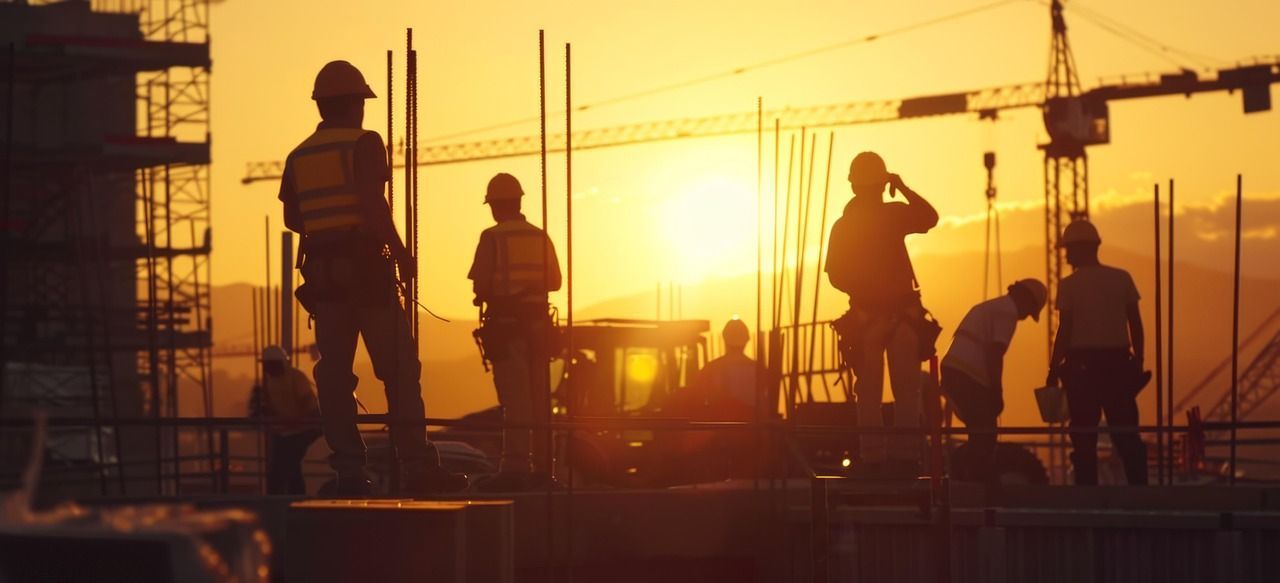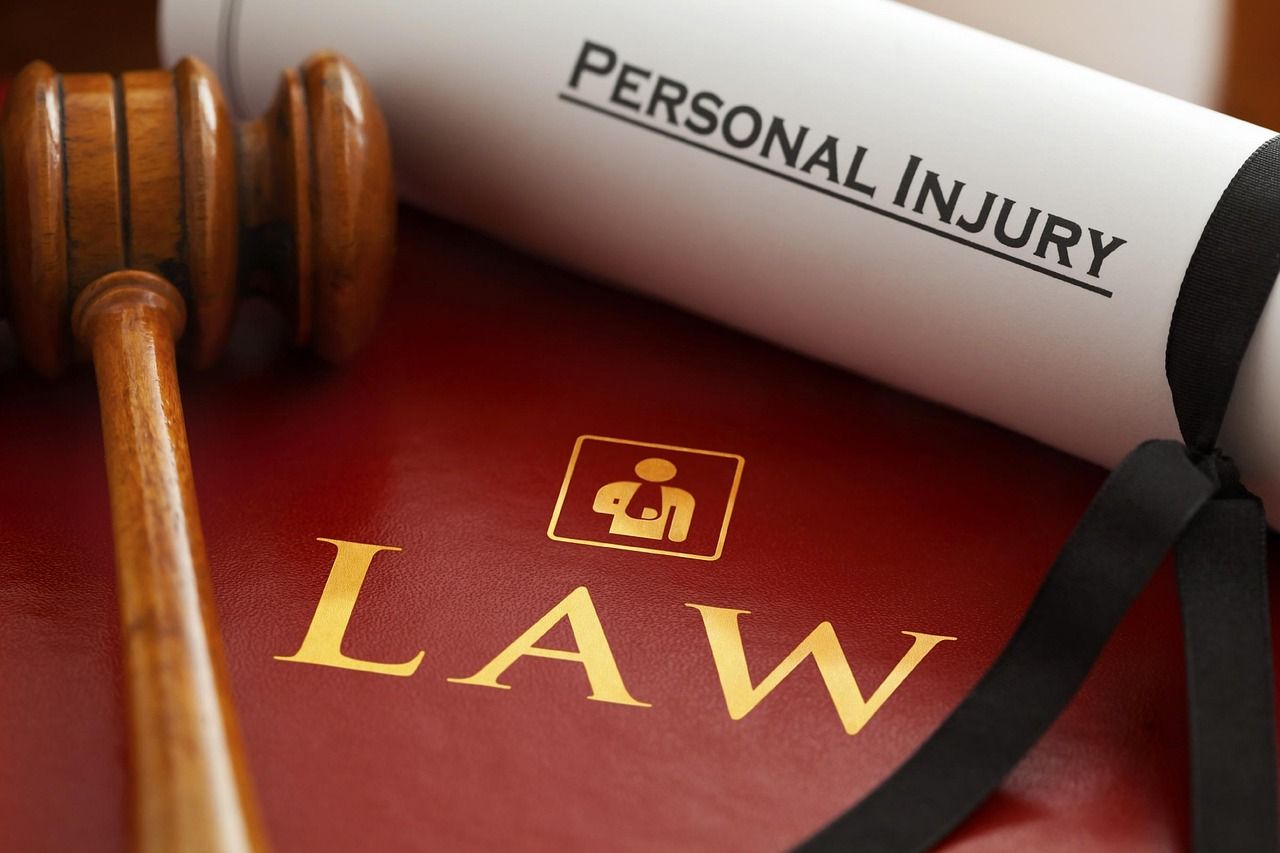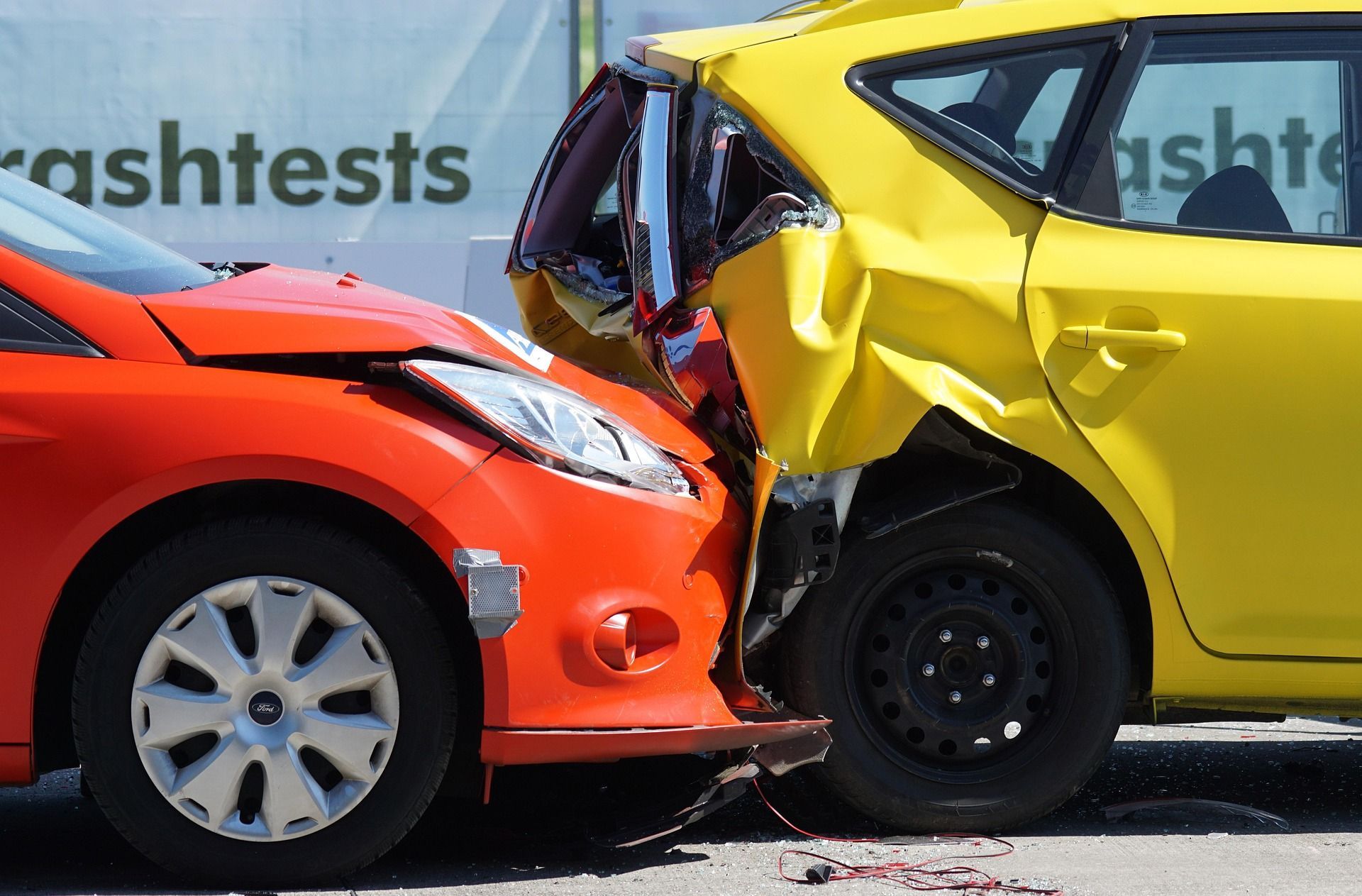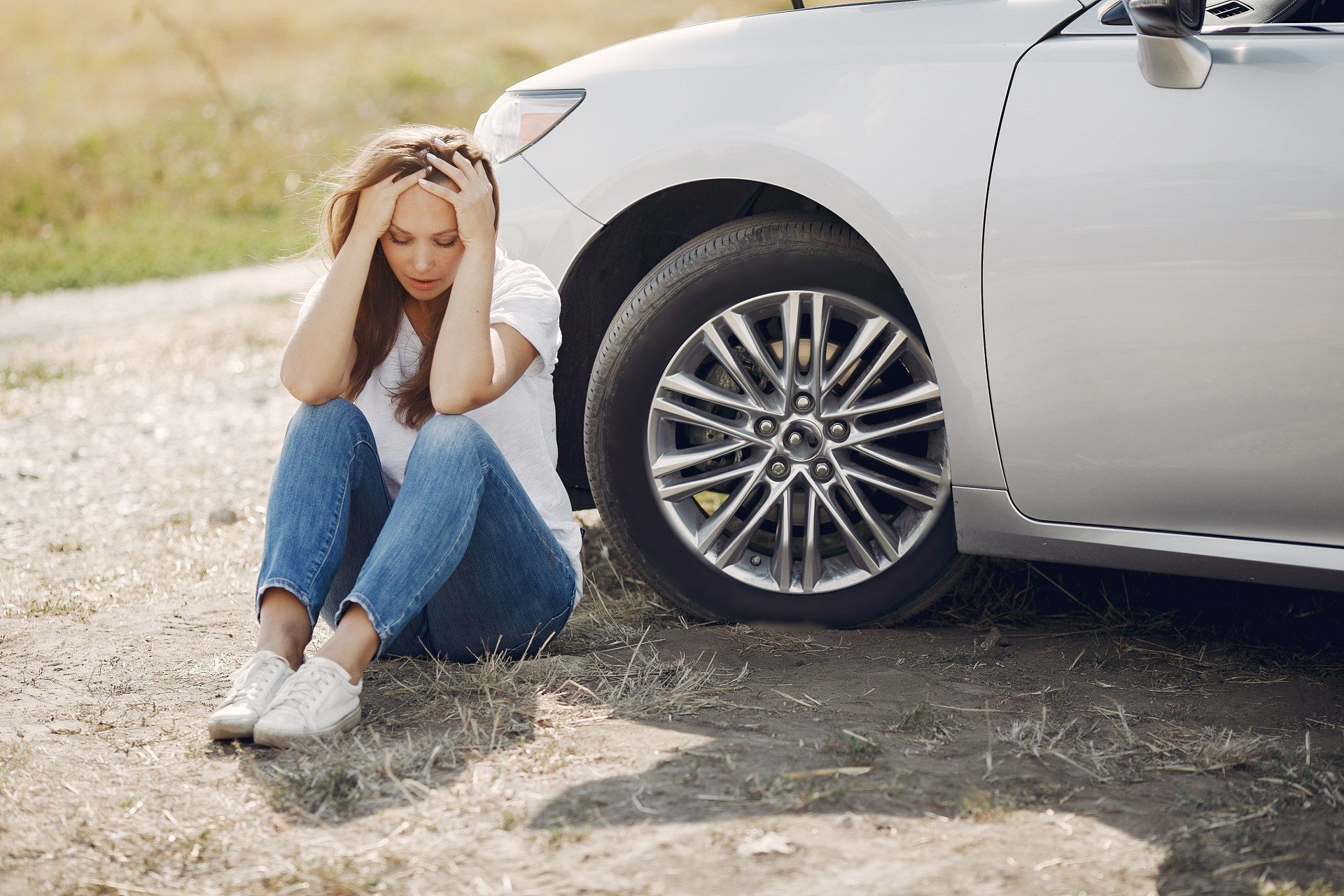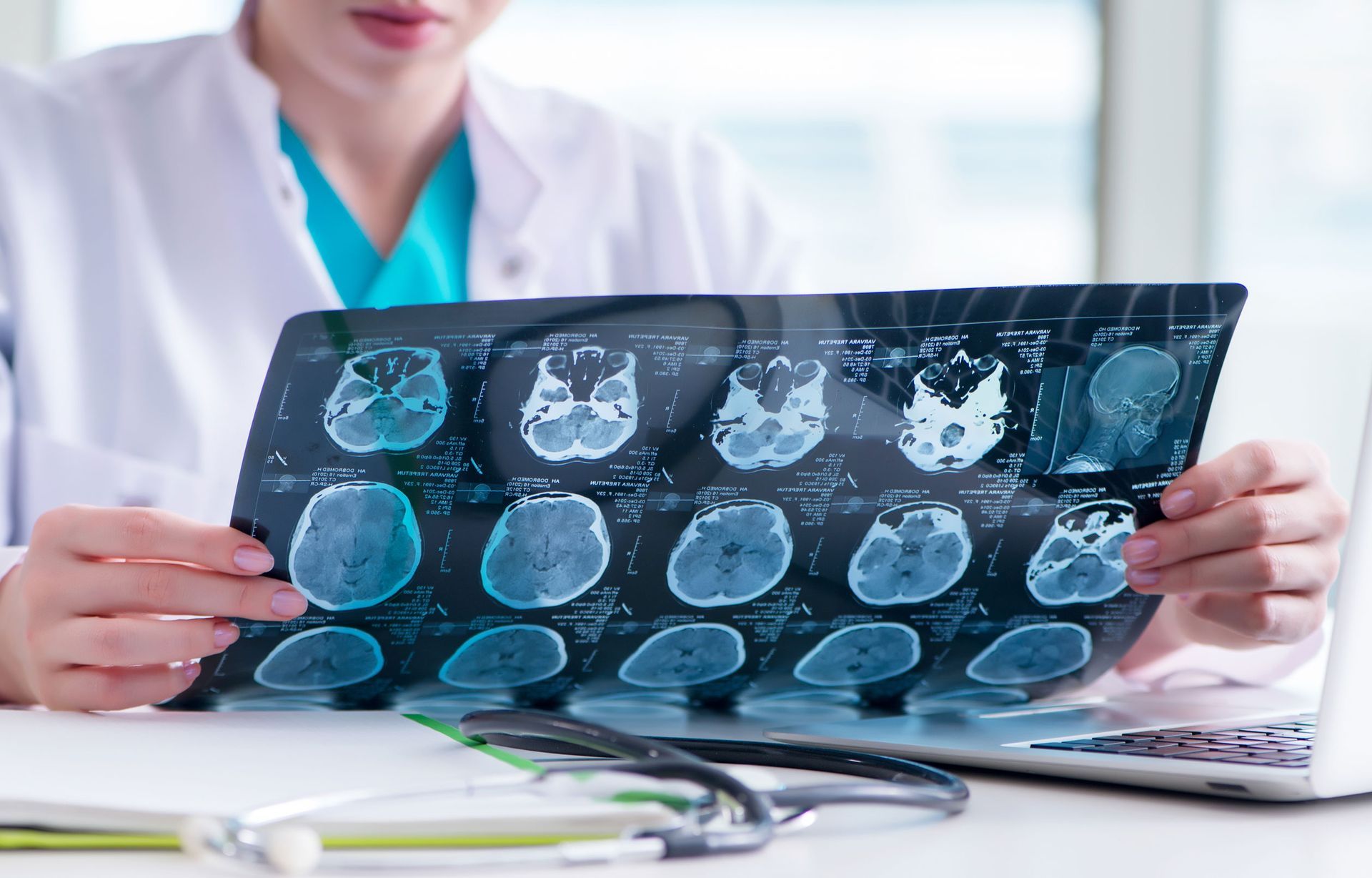What to Do at the Scene of an Accident: A Guide for Protecting Your Legal Rights
Ensure Safety First
If you are involved in an accident, the first and most critical step is to ensure your safety. Bring your vehicle to a stop and assess your surroundings. Are you in a safe location? If not, move to a safer area if possible, turn on your hazard lights, and stay put. Once in a safe spot, check yourself and your passengers for injuries. Be aware of your surroundings and try to regain full situational awareness.
Call 911 and Report the Accident
After ensuring safety, immediately call 911 to report the accident. Law enforcement will document the scene, collect necessary information, and determine if emergency medical services are needed. When speaking to the dispatcher, inform them of any serious injuries so that an ambulance can be dispatched if necessary. Even if the accident seems minor, it is critical to have an official police report.
Document the Scene
Use your smartphone to take photos and videos of the accident scene. Capture images of the vehicles involved, including their license plates, any visible damage, and the point of impact. Take wide-angle shots that include street signs, traffic lights, stop signs, and road conditions. If there are any skid marks on the road, photograph and measure them, as they may disappear in a few days.
Identify Witnesses
Look for witnesses who saw the accident and ask for their contact information. Witness statements can be invaluable in supporting your case. If they are willing, ask them to provide a written or recorded statement. Many times, witnesses leave the scene before their details are recorded, so act quickly.
Secure Video Evidence
Many businesses and public areas have surveillance cameras that may have recorded the accident. Gas stations, stores, and traffic cameras are common sources of valuable footage. If possible, visit these locations promptly and speak with the manager to request a copy of the footage. If they allow you to view it, record it on your phone to ensure you have a copy.
Cooperate with Law Enforcement
When the police arrive, provide an accurate account of what happened. Listen carefully to what the other driver says, as admissions of fault can be important in legal proceedings. Statements such as "I didn’t see them" or "I ran the stop sign" can serve as crucial evidence.
Obtain and Review the Police Report
The police report will include essential details such as insurance information, the parties involved, and an assessment of the accident. Request a copy of the report once it is available. If the accident involved serious injuries or fatalities, an accident reconstruction unit may conduct a thorough investigation using advanced technology such as LiDAR to document the scene.
Seek Medical Attention
Even if you feel fine after the accident, seek medical evaluation as soon as possible. Injuries may not be immediately apparent, and medical records serve as critical documentation of your condition. If emergency responders ask whether you need medical assistance, do not dismiss symptoms or discomfort—agreeing to an evaluation can be vital for your well-being and any potential legal claims.
Gather Additional Evidence
If you are unable to document the scene due to injury, law enforcement will collect basic details. However, they may not investigate further sources of evidence such as surveillance footage from nearby cameras at local businesses or on buildings.. You or a representative should return to the scene as soon as possible to gather additional evidence. Business owners and property managers are more likely to provide video footage if requested shortly after the incident.
Understanding Your Legal Rights
Thorough documentation and prompt legal action can make a significant difference in your case. If another party’s negligence caused your injuries, you may be entitled to compensation. An experienced personal injury attorney can guide you through the legal process, ensuring that all evidence is preserved and your rights are protected.
